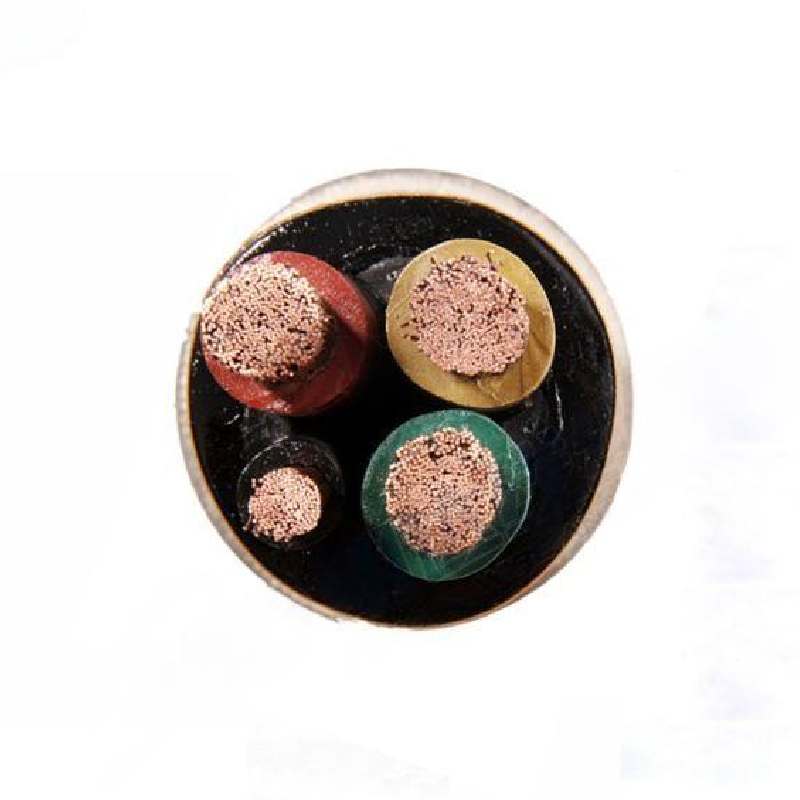Nov . 12, 2024 14:29 Back to list
3 piece ball valve
Understanding the 3-Piece Ball Valve A Crucial Component in Industrial Applications
In the vast world of industrial valves, the 3-piece ball valve stands out as one of the most versatile and reliable options available. Used in a variety of applications, from water systems to chemical processing, the 3-piece ball valve offers a combination of ease of maintenance, durability, and adaptability that makes it ideal for many industries.
Design and Structure of the 3-Piece Ball Valve
The 3-piece ball valve is defined by its unique construction, which consists of three separate pieces two end pieces or bodies and a center section that houses the ball. This design offers several advantages over traditional valve structures. The three-piece configuration allows for easy maintenance and replacement of internal components without the need to remove the entire valve from the pipeline. This is particularly beneficial in applications where the valve is located in hard-to-reach areas, thus saving time and reducing costs associated with labor and downtime.
The center section contains the ball, which is the key component that controls flow. When the ball's hole is aligned with the flow path, the valve is open, permitting fluid to pass through. When the ball is rotated 90 degrees, the flow path is closed off, stopping the fluid. The simplicity of this design ensures reliable operation, even in harsh conditions.
Advantages of 3-Piece Ball Valves
One of the most significant advantages of 3-piece ball valves is their ease of maintenance. Since the center section can be detached, workers can quickly replace seals or the ball itself without needing to disturb the piping system. This feature is especially valuable in industries where time is critical, such as oil and gas, food processing, and pharmaceuticals.
Additionally, 3-piece ball valves offer excellent sealing capabilities. They can be designed to handle high pressure and temperature, which makes them suitable for various applications—including those involving corrosive fluids or gases. The materials used in these valves, such as stainless steel, ensure durability and resistance to wear and tear.
3 piece ball valve

Another key benefit is the versatility of the 3-piece valve. They can be configured in a range of sizes and designs to fit multiple piping systems. Whether a company requires a valve for a small water line or a large industrial pipeline, 3-piece ball valves can usually accommodate specific requirements.
Applications of 3-Piece Ball Valves
3-piece ball valves are widely used across different sectors. In the oil and gas industry, they serve critical roles in controlling the flow of hydrocarbons and other materials. In plumbing and HVAC systems, they help regulate water flow, ensuring efficient operation and system longevity. The food and beverage industry utilizes them to ensure hygienic processes and safe product handling, while chemical plants rely on their reliability in transporting hazardous materials.
Furthermore, because of their excellent shut-off capabilities, 3-piece ball valves are also commonly used in safety applications. In the event of an emergency, these valves can be quickly and easily shut off to prevent leaks, spills, or other hazardous situations, thereby protecting both personnel and the environment.
Conclusion
In summary, the 3-piece ball valve is an essential component in many industrial applications. Its unique design allows for easy maintenance and adaptability to various systems, while its robust construction ensures longevity and reliability. Whether in the oil and gas sector, food processing, or any other industry, these valves provide a dependable solution for flow control.
As industries continue to evolve and demand more from their components, the 3-piece ball valve will remain a critical player in managing the flow of liquids and gases efficiently and safely. When considering choices for valves in an industry application, the advantages of 3-piece ball valves are undeniable, making them a top choice for engineers and operators around the world.
Share
-
Reliable Wafer Type Butterfly Valves for Every IndustryNewsJul.25,2025
-
Reliable Flow Control Begins with the Right Ball Check ValveNewsJul.25,2025
-
Precision Flow Control Starts with Quality ValvesNewsJul.25,2025
-
Industrial Flow Control ReliabilityNewsJul.25,2025
-
Engineered for Efficiency Gate Valves That Power Industrial PerformanceNewsJul.25,2025
-
Empowering Infrastructure Through Quality ManufacturingNewsJul.25,2025